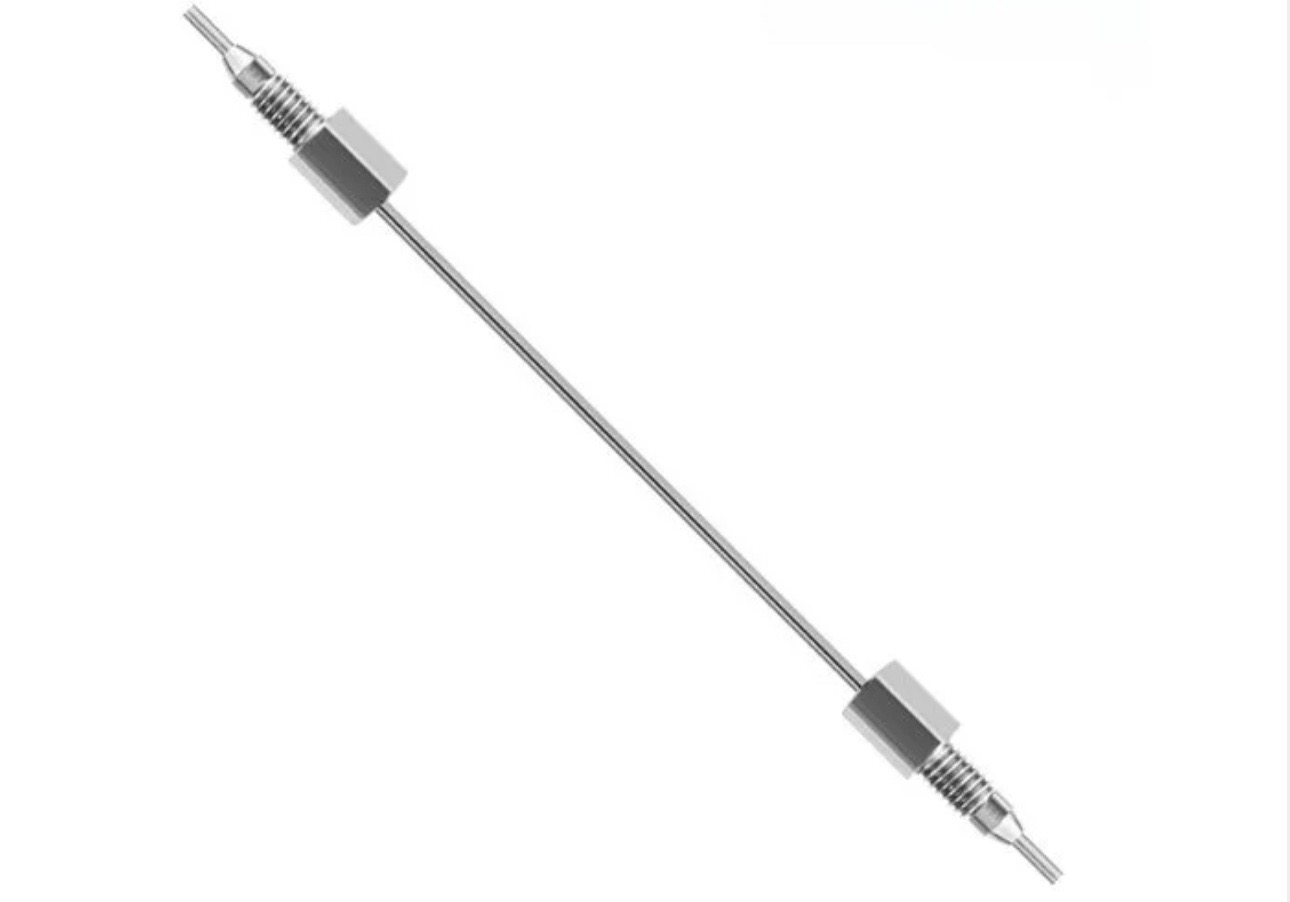Capillary HPLC

Have you heard about capillary HPLC?
Capillary HPLC is an even more miniaturized form of HPLC, where the columns have internal diameters of less than 1 mm, typically in the range of 50 to 250 µm. Capillary HPLC systems are specifically designed for ultra-low sample volumes and are highly sensitive due to the very small column dimensions.
Column Size: Capillary columns are extremely narrow and often have lengths ranging from 10 to 100 cm. This provides a high surface area for interaction between the stationary phase and analytes, enhancing resolution and separation power.
Sample Volume: Due to the narrow diameter of the column, sample injections are even smaller than in micro HPLC, often in the nanoliter to microliter range. This makes capillary HPLC ideal for ultra-low-volume analysis, such as when working with highly valuable or limited samples.
Advantages:
1. Very High Sensitivity: Capillary HPLC offers the highest sensitivity due to the small sample size and the high surface area-to-volume ratio of the column.
2. Low Solvent Consumption: The smaller column dimensions mean that far less mobile phase is required, which is both economical and environmentally friendly.
3. Faster Analysis Time: With shorter, narrow columns, capillary HPLC can provide faster analysis times compared to traditional HPLC methods.
Challenges:
1. Higher Backpressure: Capillary HPLC systems generate very high backpressure due to the narrow column size, which can strain the system and require special equipment.
2. Injection Limitations: Injecting a very small volume accurately can be challenging, and special injectors or autosamplers may be required to handle such low volumes.
3. Technical Complexity: The setup and maintenance of capillary HPLC systems can be more complex compared to standard systems, requiring more precision and careful handling.
Applications:
1. Proteomics and Genomics: Used in applications where high sensitivity is crucial, such as in the analysis of peptides, proteins, or nucleic acids in biological research.
2. Trace Analysis: Ideal for the analysis of trace contaminants in highly sensitive environments, such as pharmaceuticals, forensic analysis, or environmental monitoring.
3. Microanalysis in Clinical Chemistry: Used for analyzing extremely small samples in clinical diagnostics, such as blood or urine samples.